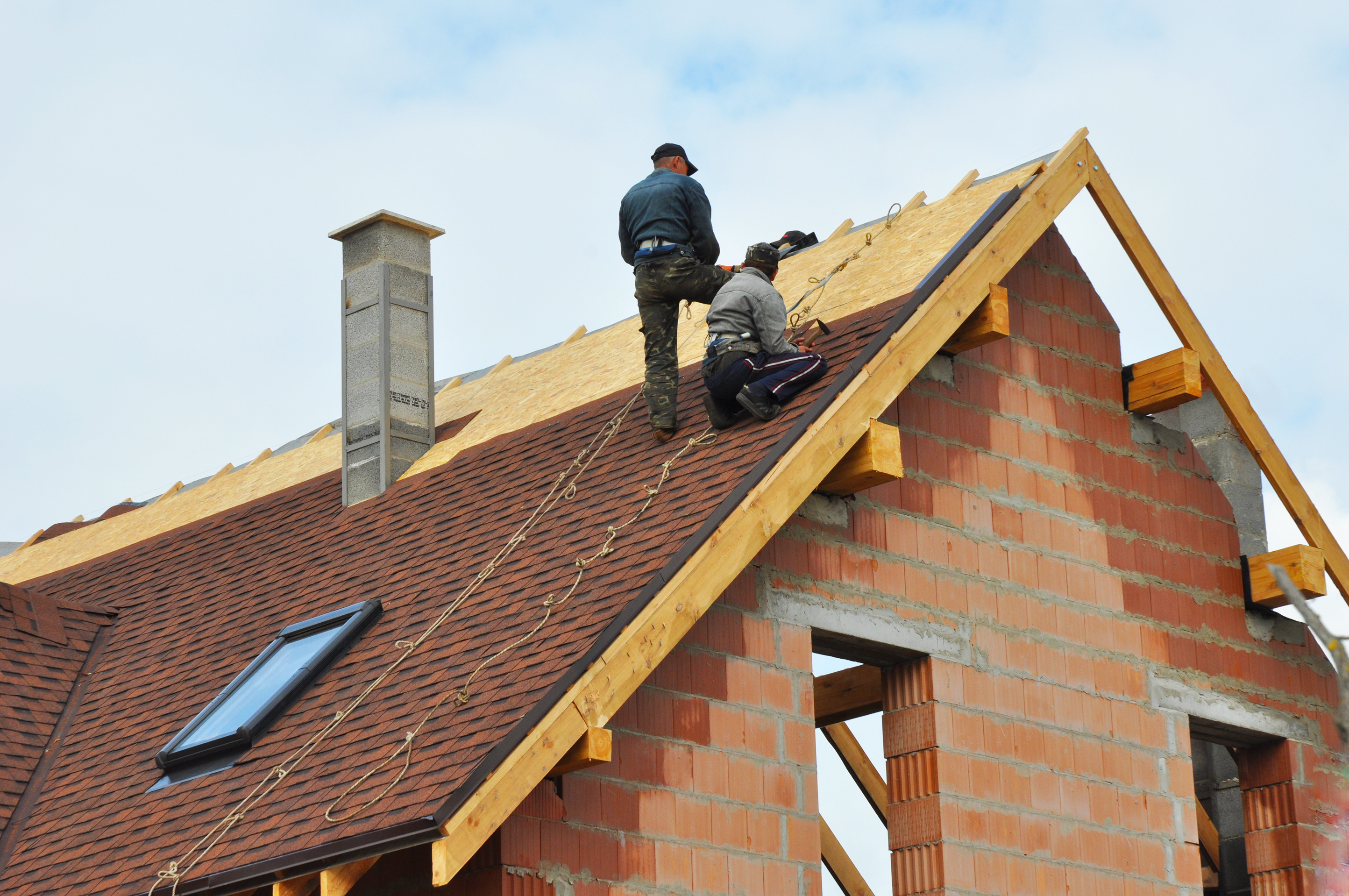Comparing Costs Among Roofing Companies in Gainesville Florida
Comparing Costs Among Roofing Companies in Gainesville Florida
Blog Article
Best Practices for Ensuring Appropriate Roof Covering Air Flow
A balanced intake and exhaust vent proportion, frequently 1:300, plays an essential role, with intake vents ideally placed at the lower side of the roofing for awesome air entrance and exhaust vents at the peak for cozy air exit. Maintaining insulation away from vents is important to avoid air flow constraint.
Understand Air Flow Fundamentals
Effectively comprehending ventilation fundamentals is crucial for making sure the durability and effectiveness of roof covering systems. Effective ventilation reduces wetness build-up and temperature level extremes in the attic, both of which can result in significant structural damage gradually. A well-ventilated roof covering aids in preventing usual problems such as mold and mildew development, timber rot, and ice dams, which can endanger the honesty of the roofing products and the underlying frameworks.
The key objective of ventilation is to assist in the motion of air, allowing for a regular exchange in between the outside and indoor atmospheres. This balance is attained with a combination of intake and exhaust vents that function with each other to maintain ideal air movement. Consumption vents, typically situated along the soffits or eaves, allow fresh air to go into the attic space, while exhaust vents, commonly situated at or near the roofing system ridge, enable warm, humid air to run away.
Trick aspects affecting the efficiency of roof air flow include proper positioning, sufficient sizing, and guaranteeing that both consumption and exhaust vents are unobstructed. Normal inspection and upkeep are vital to identify possible blockages, damages, or inefficiencies in the air flow system, therefore protecting the roof covering's performance and durability.
Sorts Of Roof Covering Vents
Roof vents play an essential function in keeping efficient attic air flow and, by expansion, the overall wellness of the roof. Different sorts of roof covering vents are available, each with one-of-a-kind advantages customized to specific roof covering needs. Ridge vents, for example, are set up along the roof covering's optimal, permitting warm, moist air to run away from the attic. They offer constant air flow and blend perfectly with the roofline, making them both reliable and visually pleasing.

Soffit vents are mounted under the eaves and work in tandem with roofing system vents to make certain a balanced intake and exhaust system. By permitting cooler air to enter from below, soffit vents promote the expulsion of warm air via upper vents. Gable vents, located on the exterior walls of the attic, offer another reliable service, particularly in homes with gable roof coverings.
Analyze Your Current Ventilation

Next, think about the age and problem of your roofing materials and ventilation parts. why not try here Older systems may not adhere to existing structure codes or might have degraded in time, minimizing their performance. Conduct a thorough examination to identify any type of signs of deterioration, such as rust, damages, or voids that might compromise the system's efficiency.
Furthermore, gauge the attic temperature and moisture degrees. High temperature levels and humidity can show poor ventilation - roofing companies gainesville florida. Make use of a hygrometer and thermometer to get precise analyses, comparing them with exterior conditions. Persistent disparities suggest possible concerns that need addressing.
Installation Best Practices
Efficient installation of roof air flow systems is paramount for making sure optimal efficiency and durability. Proper setup starts with comprehending the certain ventilation requirements of the roofing and the building it covers. This includes determining the proper proportion of intake to wear down vents, generally adhering to the 1:300 guideline, which specifies one square foot of ventilation for every single 300 square feet of attic floor space.

The positioning of vents is equally essential. Consumption vents should be installed at the roof covering's reduced edge, usually in the soffits, to allow amazing air to enter. Exhaust vents, on the other hand, ought to be mounted near or at the roof covering's optimal to assist in the exit of warm, moist air. This develops a natural air flow that aids preserve temperature level and moisture equilibrium within the attic room.
Seal all vent links thoroughly to avoid air leaks and prospective water infiltration. Usage premium products and follow producer guidelines to guarantee toughness and performance. In addition, incorporating ridge vents with baffles can significantly enhance air flow effectiveness by protecting against wind-driven rainfall and snow from view it going into the attic room.
Eventually, exact installment of roof covering air flow systems minimizes prospective issues such as mold development, ice dams, and structural damage, making certain the roof covering's stability and the structure's general health and wellness.
Normal Maintenance Tips
Uniformity in maintenance practices is basic to guaranteeing the lasting efficiency of roofing air flow systems. During these evaluations, make certain that vents are complimentary of debris, nests, and other obstructions that can restrain airflow.
Use a soft brush or a vacuum cleaner to eliminate dirt and particles from intake and exhaust vents. Be careful not to harm the air vent screens or louvers throughout the process.
Correct insulation is just as essential. Guarantee that attic room insulation does not block the vents, as his comment is here this can significantly restrict air flow. If any type of insulation has actually changed or resolved, reposition or change it to maintain a reliable obstacle.
Last but not least, replace any type of damaged or missing elements quickly. Damaged vents, fractured shingles, or scrubby blinking can all contribute to poor air flow and should be resolved without hold-up. Normal upkeep guarantees that the roofing ventilation system operates ideally, consequently expanding the life expectancy of the roof itself.
Final Thought
Guaranteeing appropriate roof air flow is vital for keeping the effectiveness and sturdiness of a roof system. Adherence to the 1:300 intake and exhaust air vent proportion, combined with the critical placement of vents, is necessary. Regular semiannual evaluations, debris cleaning, and guaranteeing insulation does not block air flow are critical practices. Executing these ideal practices will cultivate a well-ventilated roof, thereby reducing potential problems connected to moisture build-up and excessive warmth, eventually lengthening the roof covering's life expectancy.
A balanced consumption and exhaust vent ratio, frequently 1:300, plays a pivotal role, with intake vents preferably put at the lower edge of the roofing for cool air entry and exhaust vents at the peak for warm air departure. Intake vents, typically situated along the soffits or eaves, permit fresh air to get in the attic space, while exhaust vents, frequently positioned at or near the roofing system ridge, allow hot, damp air to run away.
Soffit vents are installed under the eaves and work in tandem with roof covering vents to guarantee a well balanced intake and exhaust system. By permitting cooler air to get in from below, soffit vents assist in the expulsion of hot air with top vents. Adherence to the 1:300 consumption and exhaust air vent proportion, coupled with the critical placement of vents, is crucial.
Report this page